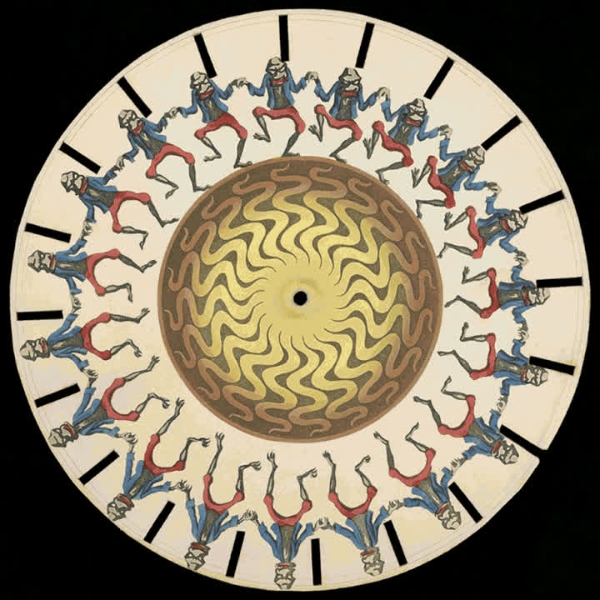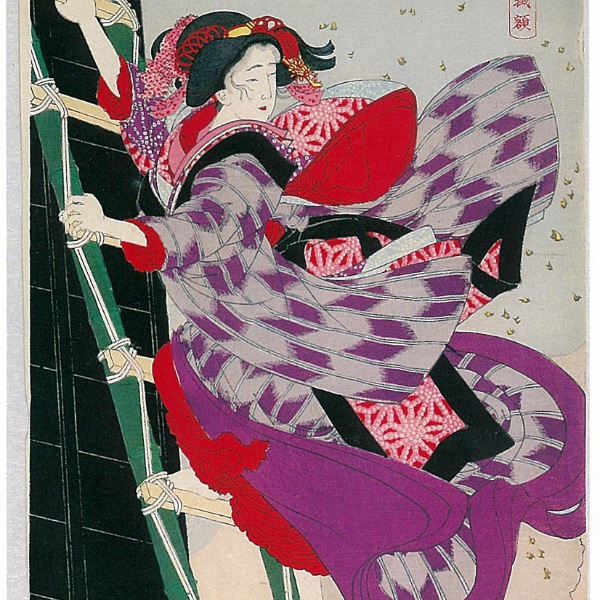
Stock Photos from Alexandra Lande/Shutterstock
The Palace of Versailles boasts a grandiose history. Once the epicenter of French royalty, the elegant estate has undergone several transformations since its conception in the 17th century.
Here, we explore some fascinating facts about the story of this national treasure, beginning with its humble roots and concluding with its lasting legacy.
Learn about the majestic monument's past and present with these Palace of Versailles facts.
1. It started out as a hunting lodge.
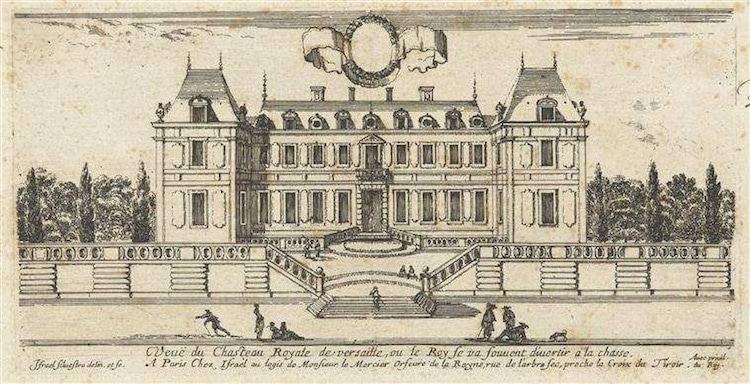
Israel Silvestre, “Garden facade of the Château of Versailles as built by Louis XIII,” 1660-1664 (Photo: Wiki Art Public Domain)
Before it was the site of golden gates and manicured gardens, the Versailles estate was first a humble hunting ground. In 1607, Louis XIII—the 6-year-old, soon-to-be-king—visited the area on a hunting trip with his father, King Henri IV.
Years later, he'd return to the forested spot, which was “ideally situated between his principle residence at Saint-Germain-en-Laye and Paris [and] surrounded by woods that were noisy with pheasants, boars, and stags” (Chateau de Versailles). Realizing the plot of land's potential, he decided to build a brick and stone hunting lodge on the premises in 1623.
2. It became the king's official residence in 1682.
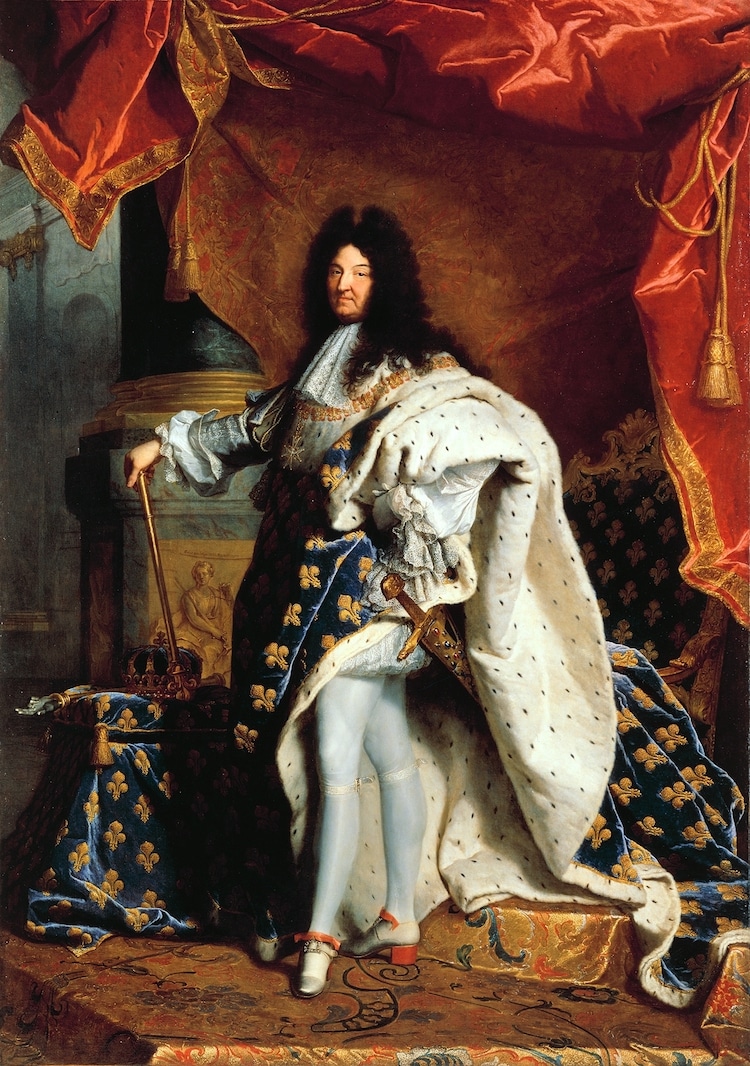
Hyacinthe Rigaud, “Louis XIV of France,” 1702 (Photo: Wiki Art Public Domain)
The grounds' stint as a hunting site did not last long. In 1631, Louis XIII decided to rebuild the lodge, transforming into a small palace the royals used as a getaway. In 1682, however, King Louis XIV—the son of Louis XIII—moved the aristocracy to Versailles, making it his permanent residence and laying the foundation for the palace as we know it today.
3. Its famous Hall of Mirrors contains 357 mirrors.

Stock Photos from Takashi Images/Shutterstock
One of Louis XIV's most important contributions to the Palace of Versailles is the Galerie des Glaces, or the Hall of Mirrors. Completed in 1684, this famous corridor is outfitted with 357 mirrors crafted by master glassmakers brought in from Venice. These panes were perfectly placed to reflect and highlight the opulent gallery's gilded moldings, marble walls, crystal chandeliers, and large garden windows.
4. Marie Antoinette had her own hamlet so she could pretend to be a peasant.

Stock Photos from Jose Ignacio Soto/Shutterstock
While Louis XIV is responsible for much of the estate that we see today, Marie Antoinette has an equally important legacy. In addition to her infamous (and disputed) decree to “let them eat cake,” the Queen of France is known for her hamlet, a peculiar retreat built inside the palace's park.
Intended as an escape from courtly life, this small “village” comprises rustic cottages nestled next to streams that feed into grottos, a pond, and a mill wheel. Marie Antoinette would regularly pass her time in her hamlet, where she'd dress as a peasant and romanticize the idea of a simpler life—before returning to her gilded apartments.
5. It was abandoned during the French Revolution.
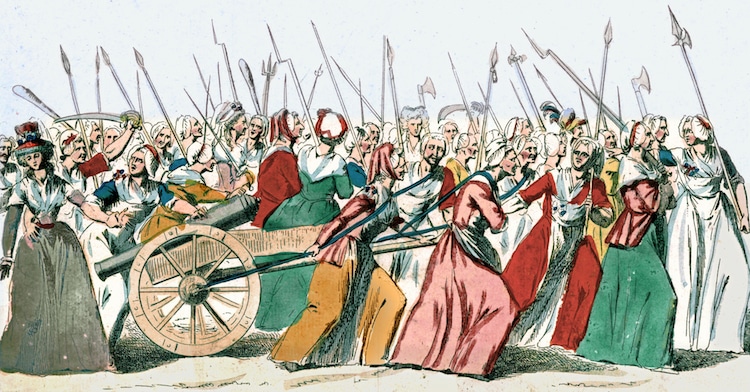
“Women’s March on Versailles,” 1789 (Photo: Bibliothèque nationale de France via Wiki Art Public Domain)
Angered by this kind of out-of-touch behavior, the French people began rebelling against the royals in 1789, launching the famous French Revolution. During the Women's March on Versailles—one of the Revolution's earliest and most important events—thousands of people besieged the palace, demanding a more fair and favorable price of bread in Parisian markets.
The angry crowd demanded that King Louis XVI, Marie Antoinette, and their children return to Paris. Fearing for their lives, they agreed, and the palace was never lived in again.
6. It inspired the design of the National Mall.
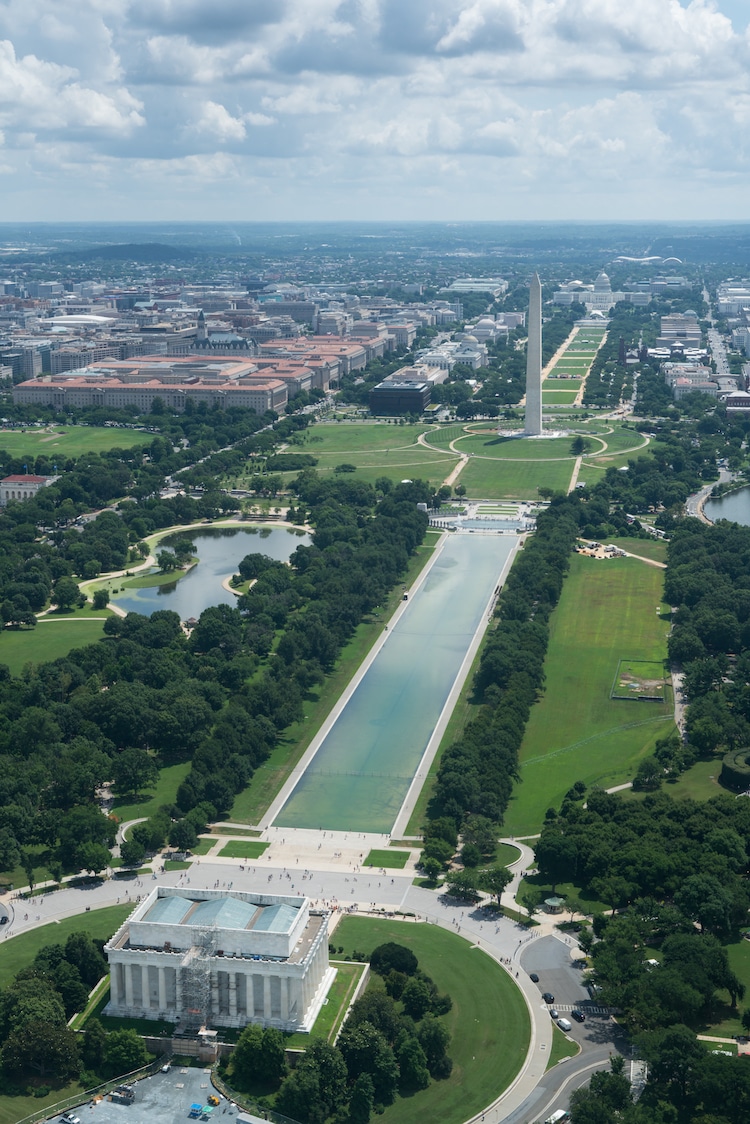
Stock Photos from Olmez/Shutterstock
On the other side of the world, French-American architect and engineer Pierre Charles L'Enfant was looking to Versailles for unexpected inspiration. Asked by George Washington to design the layout of a “Federal City” of the United States of America in 1791, L'Enfant proposed a complex plan that paid unmistakable homage to the Garden of Versailles. This influence is most apparent in the plan's “public walk”—or, as we know it today, the National Mall.
While L'Enfant's ideas were never fully realized (his ambitious plans strained his professional relationships), much of his original design was ultimately used in construction projects years after his death.
7. It opened to the public as a museum in 1833.

Stock Photos from Everett Historical/Shutterstock
In 1799, the French Revolution ended and Napoleon Bonaparte took power of France. Miraculously, the palace made it through the period of upheaval relatively unscathed—though much of the palace's art and furniture had been either sold in “rummage sales” or sent to museums in Paris.
Nevertheless, in 1837 the palace was converted into a museum that “celebrated glorious events in the history of France from the Middle Ages to the start of the July Monarchy.” At the end of the 19th century, however, it was decided that Versailles would be restored to its former self, with efforts ongoing to this day.
8. The chateau and gardens were declared a UNESCO World Heritage site in 1979.
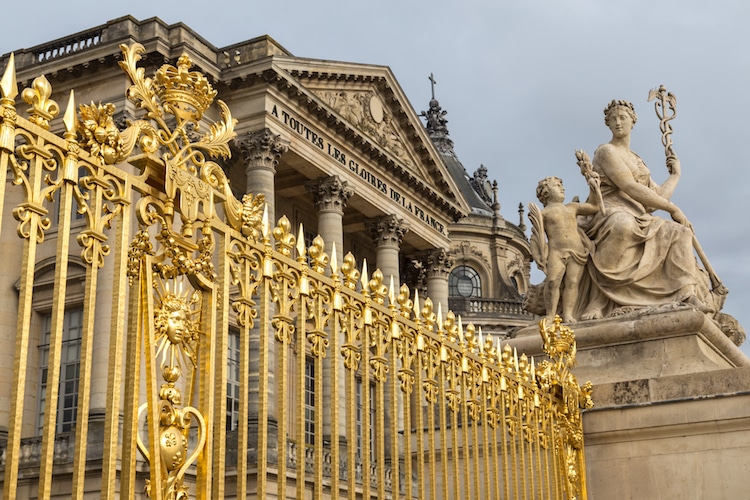
Stock Photos from Gilmanshin/Shutterstock
In 1979, the entire Palace of Versailles domain was declared a UNESCO World Heritage Site. The organization sums up its significance: “The Palace of Versailles was the principal residence of the French kings from the time of Louis XIV to Louis XVI. Embellished by several generations of architects, sculptors, decorators and landscape architects, it provided Europe with a model of the ideal royal residence for over a century.”
9. It is the second most visited monument in France.
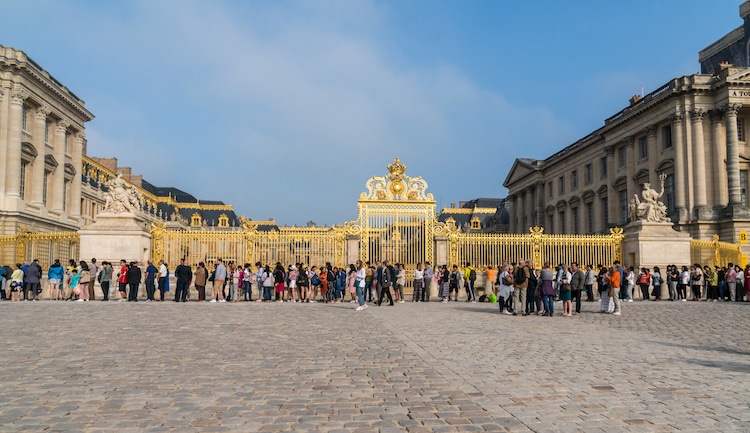
Stock Photos from Cynthia Liang/Shutterstock
Now, more than 3 million people pay annual visits to the Palace of Versailles. This makes it the second most visited monument in France. Second only to the Louvre and more popular than even the Eiffel Tower, this is its contemporary crowning achievement.
Related Articles:
Celebrate the Elegance and Exuberance of French Rococo Art
Exploring the Extravagance and Drama of Baroque Art and Architecture
French Trains Transformed into the Palace of Versailles
Artist Installs a Giant Gushing Waterfall in the Middle of the Palace of Versailles Gardens











































































